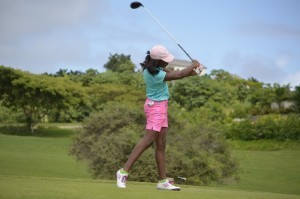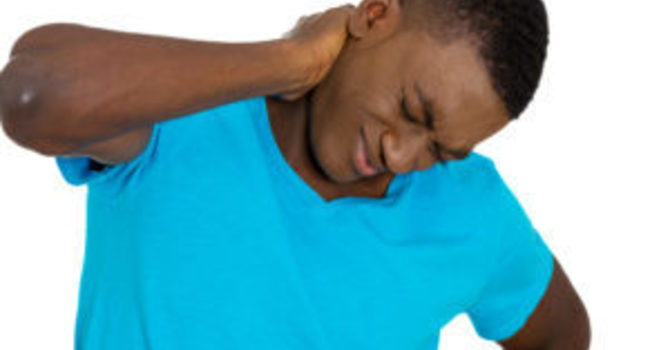
Golf is a wildly popular sport which continues to grow steadily in participation every year. There are over 60 million golfers worldwide, with about half of them in the US. Although often perceived as a leisurely activity by non-golfers, golf is a physically demanding sport. The golfer’s athletic ability includes balance, coordination, and the right pattern of mobility and stability throughout the body. Strength, agility, and endurance are also imperative in order to play the game well. As in all sports, the high demand of athleticism can lead to significant injuries. Done appropriately, there are a lot benefits to golf both physically and socially. In addition, it can be enjoyed for a lifetime. This article will discuss some common golf injuries and injury prevention recommendations.
The most commonly cited reasons for injuries, are poor swing mechanics and overuse. This is followed by a single traumatic event such as hitting the ground, a tree root, or hitting the ball “fat”. For this reason, golf injuries can be divided into two categories:
1.) Cumulative microtrauma (overuse)
2.) Single traumatic event
Known risk factors for golf related injuries, can be summarized as follows:
- Excessive play or practice leading to overuse
- Striking a tree root, rock, thick rough, or the ground at impact
- Poor conditioning/training
- Lack of proper warm up before playing
- Poor swing mechanics or lack of proper instruction
Injuries
As mentioned earlier, golf is a physically demanding sport, and that demand grows as the player’s skills grow. This is because highly skilled players tend to practice more, in order to improve. It is not uncommon for a professional player to hit over 2,000 shots per week in practice. The back, wrists, elbows, and shoulders are the most common sites of pain and injury in golf. It’s useful to work with golf instructors and healthcare professionals who understand the mechanics of the golf swing in order to best diagnose and treat a golf related injury such as:

The golf swing can be divided into these phases:
- Address: This is the starting point, when the golfer is squared up to the ball in an athletic stance with some bend to the hips and knees, and the golf club is gripped lightly. Poor posture and positioning here, can lead to swing faults and injury during the other phases of the golf swing.
- Backswing: This is when the club is drawn back to its highest position, and the weight is shifted to the right foot (right-handed golfer), with the lead arm fully across the body. Poor mechanics and repetition during this part of the golf swing, can lead to wrist and elbow tendon injuries, wrist impaction pain, shoulder impingement and AC joint pain, particularly, to the lead shoulder.
- Downswing: This phase is initiated by the hips turning towards the target, followed by a lot of activation in the pecs, lats, and rotator cuff muscles. Poor swing mechanics and repetition can lead to rotator cuff, wrist, and elbow injuries.
- Impact: This is when the club strikes the ball, ground or unintended objects around the ball. This is where single event traumatic injuries can occur, because of the forces transmitted through the wrists, elbows, and shoulders when hitting an unintended object.
- Follow-through: Impact to the end of the golf swing, with the club resting up on the lead shoulder, is the follow-through. Excessive side bending to the right from impact to the follow-through, combined with excessive trunk flexion, appears to be the mechanism of lower back pain in many golfers. Loss of posture and swing faults in any of the previous swing phases, will cause problems in the follow-through, increasing the risk for lower back, shoulder, wrist, and elbow injuries.
Injury Prevention
Following these recommendations will help prevent golf injuries:
Work with a golf coach and golf professional, especially if you intend to practice and play regularly. Benefits include:
- Improved swing mechanics to reduce the repetitive stress from the golf swing
- Proper conditioning to increase the body’s capacity to endure repetitive stress
- Golf-specific motor pattern training for improved performance and efficiency
Tips:
- Warm up at least 10 minutes before practice and play.
- Get properly fitted for your equipment and clubs.
- Avoid excessive practice and play, especially without proper training.
Work with a medical professional who has an understanding of golf injury mechanisms. Benefits include:
- Assessing risk factors contributing to your injury
- Assessing the right pattern of mobility and stability that the body requires to reduce repetitive stress and prevent injury while performing the golf swing
- Experiencing targeted treatment strategies for overcoming your injury and/or preventing re-injury

Here at CMF, we help golfers of all levels prevent and overcome golf related injuries. We’re here to help! Learn more about our Golf Movement Assessment.
©CenterForMusculoskeletalFunction2017



